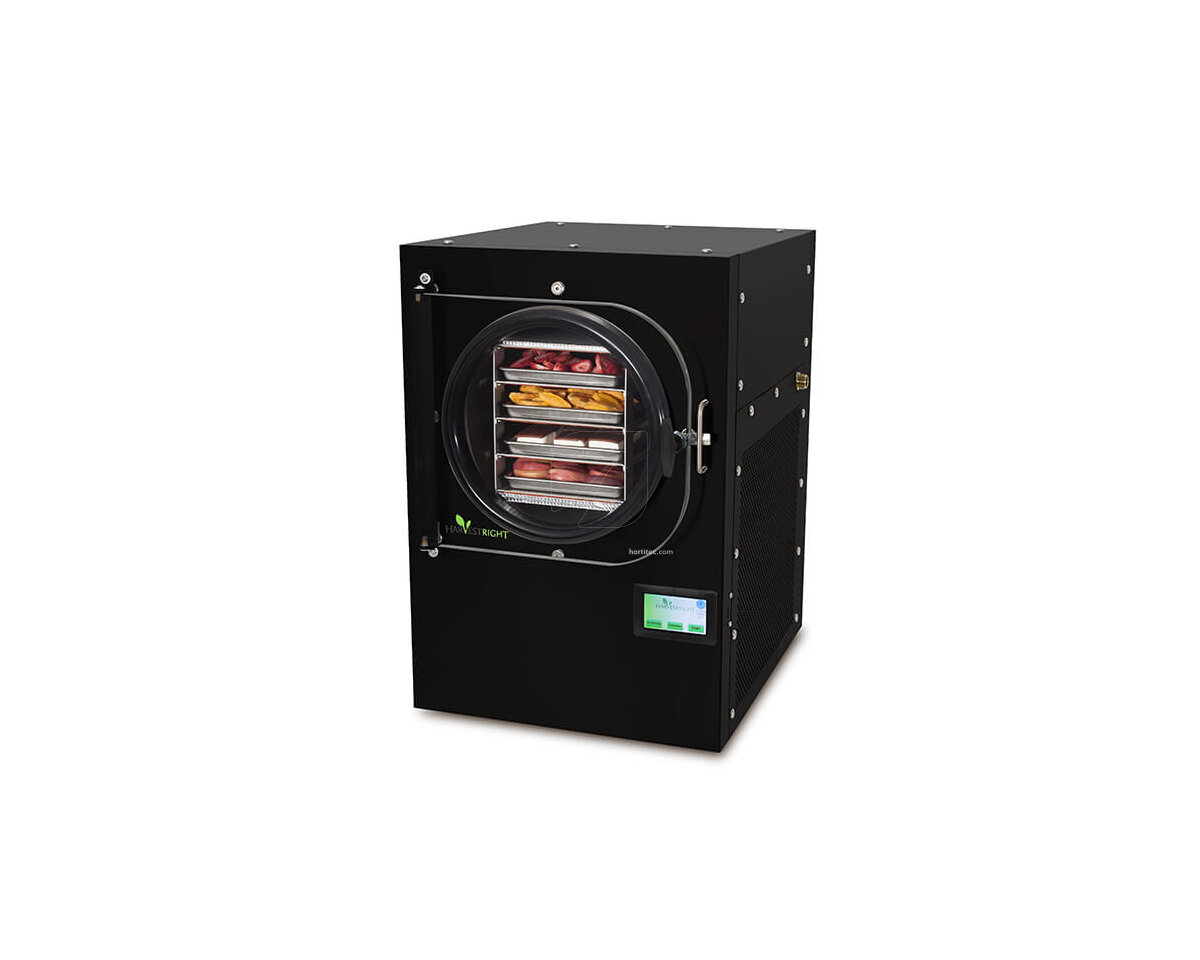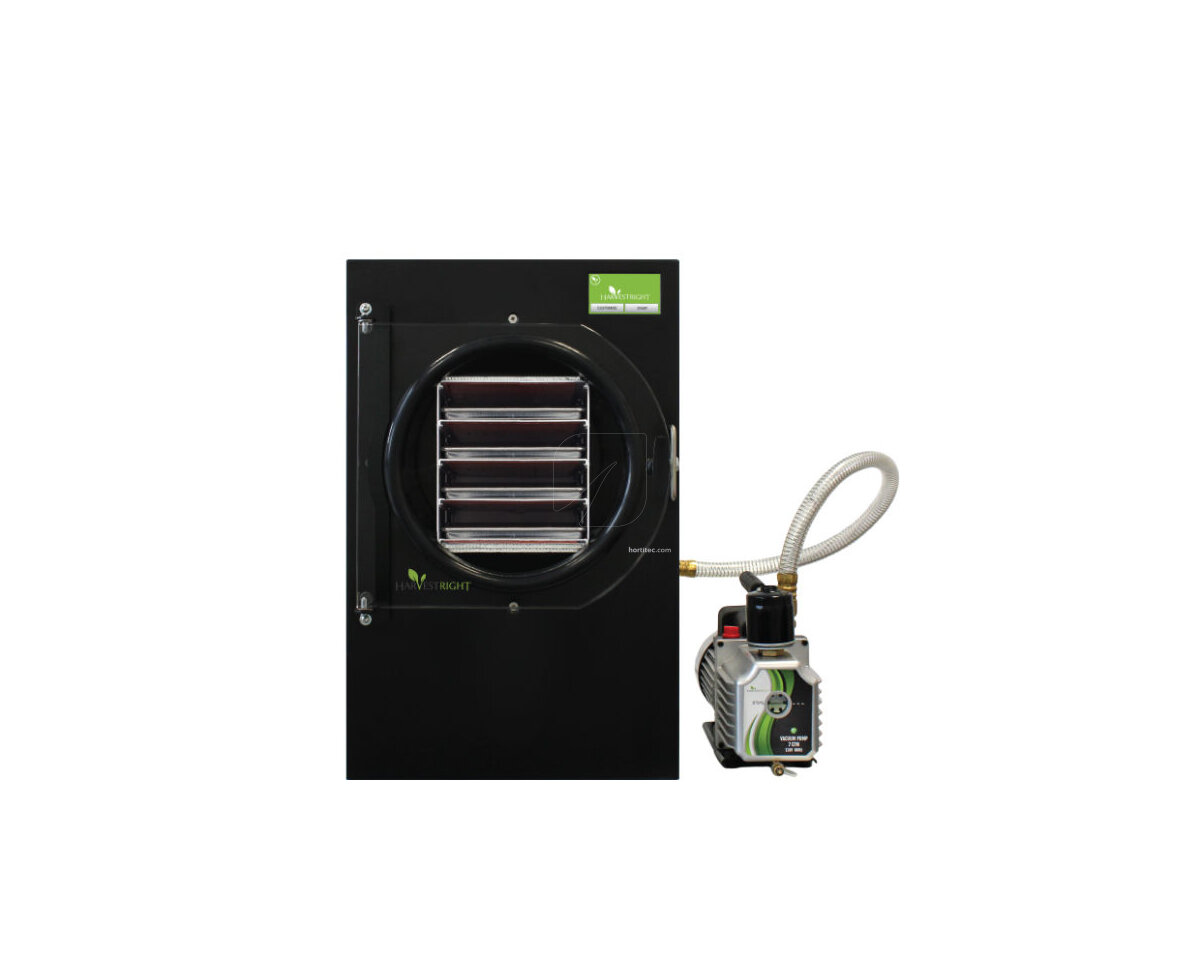Freeze-drying, also known as freeze-drying, is a dehydration process generally used to preserve perishable foods or make the material more suitable for transport.
Freeze-drying works by freezing the material and then reducing the surrounding pressure to allow the frozen water in the material to sublimate directly from the solid phase to the gas phase, without passing through the liquid state. To speed up the process, freeze-sublimation cycles are used, which eliminate virtually all of the free water contained in the original product, while preserving the molecular structure of the freeze-dried substance.
This technique is mainly used in the food and pharmaceutical industries for the preservation of food and medicines. It is an expensive technique compared to traditional drying methods, but it results in higher quality products, as it fully preserves all the nutritional and organoleptic characteristics of the original product (aroma, flavour and medicinal properties).
For cryo-drying up to 4.5 kilos of food per cycle.
Process
- The products are introduced into the freeze-dryer and frozen at -40 ºC.
- Once frozen, the freeze-dryer creates a vacuum around the product and the ice turns into vapour and evaporates (vacuum pump included).
- The freeze-dried product must be introduced into an aluminised container or storage bag with an oxygen absorber (such as Air Out Oxigen) to ensure freshness until the day it is to be consumed.
Includes
- Medium Standard freeze-dryer
- Vacuum pump
- Oil Vacuum pump
- Oil filter
- Stainless steel trays (set of 4)
- Freeze drying guide
- Mylar bags (50 ct)
- Oxygen absorbers (50 ct)
- Impulse sealing.

